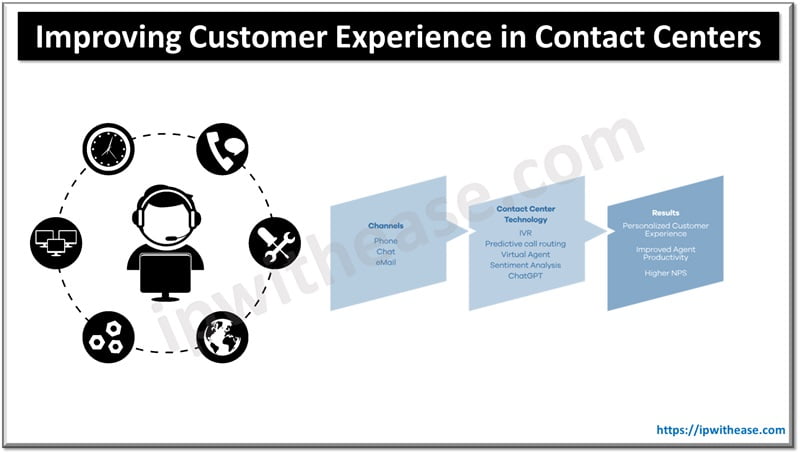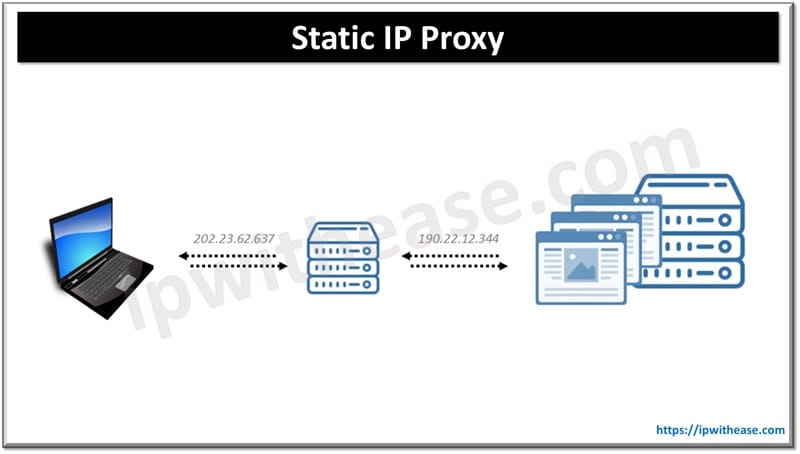Table of Contents
Growth is usually a good thing. More customers, more revenue, more opportunities to expand. But behind the scenes, growth often triggers a quiet strain on the people tasked with keeping your systems running. While the business pushes forward, the IT team is left managing an ever-increasing load – more users, more support tickets, more security concerns. If the organization keeps scaling without adjusting how it supports its tech infrastructure, things start to slip; first quietly, then visibly.
This article is here to walk through how to avoid that. If you want to scale without burning out your IT department, it’s not about asking them to work harder or stretch further. It’s about planning growth in a way that builds support around them, rather than on top of them.

The Silent Strain of Scaling
When a business grows, the effects aren’t just felt in sales reports or staffing numbers. They show up quietly in the background; on the help desk, in delayed ticket responses, or in the systems that suddenly feel less reliable. IT teams often carry the weight of expansion without being at the center of planning conversations, which means they end up reacting to change instead of preparing for it.
As user numbers increase, so do the touchpoints that need attention and the workload can multiply very quickly. And while much of this activity is invisible to the broader organisation, it quickly becomes overwhelming for a small IT team expected to keep up without additional resources or time.
What makes this especially challenging is that the pressure rarely builds in dramatic ways. It starts with small things—extra access requests, more frequent password resets, slower response times. But over time, these minor delays start stacking up. Internal teams get frustrated, critical updates fall behind, and the IT team ends up constantly triaging instead of improving the overall environment.
Where Pressure Builds First
The early signs of strain usually show up in the same places. New staff need onboarding, and suddenly there’s a backlog of accounts to set up, equipment to configure, and permissions to manage. Each of these tasks on its own is straightforward. But when they start arriving in waves, they turn into a queue that rarely clears.
Support tickets are another early pressure point. As more people join the business and more software is introduced, the number of issues needing attention rises. Password resets, network problems, software glitches, each one may be routine, but they begin to pile up. Without extra hands or smarter systems in place, the response times slow down. It doesn’t take long before internal teams start to notice.
Security is another layer that becomes harder to manage. Growth usually means more devices, more data, and more access points. IT teams have to keep up with patching, monitoring, and managing user behaviour, all while protecting sensitive information. When teams are stretched thin, even basic security practices can fall through the cracks, increasing the risk of an incident.
And then there’s system stability. As the business expands, more people depend on consistent uptime. If something breaks; whether it’s email, shared drives, or core business apps; the ripple effects are bigger and harder to contain. IT ends up spending more time putting out fires than moving the organization forward.
These are the areas where things typically start to feel heavy. Recognising them early gives you the chance to shift direction before the weight becomes too much.
Planning Growth With IT Capacity in Mind
Scaling a business often focuses on revenue targets and rarely includes a clear look at what it will mean for the systems holding everything together. The pressure that builds in IT teams can often be traced back to one thing: growth that wasn’t planned with technology in mind.
Involving IT leadership in early-stage conversations helps avoid the most common blind spots. These teams understand how digital infrastructure scales and where the bottlenecks are likely to appear. When they’re part of the planning, they can flag where support systems need reinforcement, which tools won’t cope with the added load, and what changes need to be made ahead of time—not once things start breaking.
Forecasting user growth is a big part of this. As the number of employees increases, so does the complexity of managing access, devices, and internal services. If IT capacity isn’t considered alongside staffing plans, you might consider managed it services to help you roll out the plan and execution for your expanding business. Clear planning creates space to expand IT resources in step with business needs, rather than forcing the team to stretch after the fact.
Smart Use of Automation and Cloud Services
When teams start feeling stretched, the instinct is often to bring in more people. That can help in some cases, but it’s not always the most efficient way to manage a growing workload. Many of the tasks that eat up time in IT are repetitive; things like account provisioning, system updates, and basic support queries. These are exactly the kinds of jobs that automation can handle.
Setting up self-service options, automated workflows, and alerts for common issues means your team can focus on the work that actually needs human input. Password resets can be managed through secure self-service portals. System updates can run on schedules. Access approvals can follow a simple automated process that still meets compliance standards. These aren’t radical changes; they’re just practical ones.
Cloud services also help relieve pressure. Moving to cloud-based platforms allows businesses to scale up or down more easily, with less hands-on management from internal IT. Infrastructure grows with the business, without requiring the team to spend time on physical hardware or constant manual configuration. It also makes collaboration and remote access smoother, which reduces the number of support issues coming through in the first place.
Finding the Right Support Beyond Your Internal Team
Even with smart planning and the right tools in place, there’s a limit to how much an internal IT team can handle alone. As the business grows, demands become more varied and time-sensitive, and it’s not always practical or cost-effective to build internal expertise for every scenario. This is where external support can play a key role in helping your team stay focused and effective.
Bringing in outside help isn’t a sign of weakness. It’s a way to make sure your internal staff can keep working on what matters most, instead of getting buried in maintenance tasks or urgent issues. Managed service providers are often used to handle day-to-day support, infrastructure management, or specialist tasks that would otherwise require significant training or recruitment. This support acts as a buffer, reducing the constant pressure on internal teams and giving them room to work more proactively.
Working with partners who understand your local environment can also streamline the process. When you’re dealing with compliance standards, time-sensitive issues, or specific operational needs, having someone in your time zone who knows the Australian market can reduce delays and miscommunication.
The point isn’t to outsource your challenges, it’s to build a model where your internal team can operate at a higher level. With the right external support, they’re not stuck fixing routine problems. They’re solving bigger ones, guiding tech decisions, and helping the business move forward with confidence.
Monitoring, Feedback, and Adjusting on the Fly
Growth rarely follows a straight line, and neither does the impact it has on your systems. Even with solid planning, the real test comes once everything is in motion. That’s why it’s essential to keep a close eye on how your IT environment performs as the business expands, not just from a technical standpoint, but also in how well teams are supported day to day.
Regular check-ins with staff, structured feedback loops, and monitoring tools help highlight where things are beginning to stretch. This information becomes the basis for smart adjustments. Sometimes it’s a simple process change; other times it might mean shifting priorities or bringing in extra help. What matters is having the awareness and the flexibility to respond before issues start affecting the broader business.
ABOUT THE AUTHOR
IPwithease is aimed at sharing knowledge across varied domains like Network, Security, Virtualization, Software, Wireless, etc.



